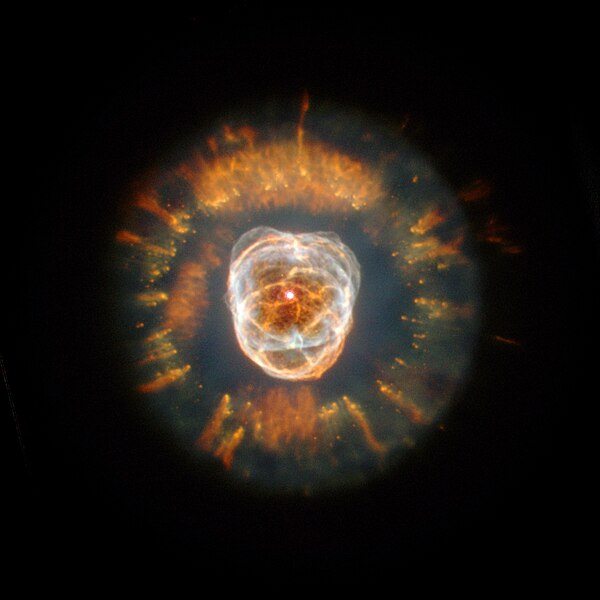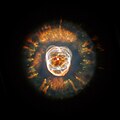Bild:Ngc2392.jpg

Grött vun disse Vörschuu: 600 × 600 Pixels. Anner Oplösungen: 240 × 240 Pixels | 480 × 480 Pixels | 768 × 768 Pixels | 1.024 × 1.024 Pixels | 1.500 × 1.500 Pixels.
Originaldatei (1.500 × 1.500 Pixel, Grött: 1,16 MB, MIME-Typ: image/jpeg)
Datei-Historie
Klick op de Tiet, dat du de Datei ankieken kannst, so as se do utseeg.
| Datum/Tiet | Duumnagelbild | Grött | Bruker | Kommentoor | |
|---|---|---|---|---|---|
| aktuell | 14:34, 28. Jul. 2005 |  | 1.500 × 1.500 (1,16 MB) | Startaq | |
| 19:20, 1. Feb. 2005 |  | 320 × 259 (12 KB) | CWitte | Eskimo nebula |
Dateibruuk
Disse Sied bruukt dit Bild:
Allmeen Datei-Bruuk
Disse annern Wikis bruukt disse Datei:
- Bruuk op af.wikipedia.org
- Bruuk op ar.wikipedia.org
- Bruuk op arz.wikipedia.org
- Bruuk op ast.wikipedia.org
- Bruuk op az.wikipedia.org
- Bruuk op be.wikipedia.org
- Bruuk op bg.wikipedia.org
- Bruuk op bn.wikipedia.org
- Bruuk op bs.wikipedia.org
- Bruuk op ca.wikipedia.org
- Bruuk op ce.wikipedia.org
- Bruuk op cs.wikipedia.org
- Bruuk op cv.wikipedia.org
- Bruuk op da.wikipedia.org
- Bruuk op de.wikipedia.org
- Bruuk op diq.wikipedia.org
- Bruuk op el.wikipedia.org
- Bruuk op en.wikipedia.org
- Planetary nebula
- Compact object
- Eskimo Nebula
- List of planetary nebulae
- User:Anticipation of a New Lover's Arrival, The/Galleries/Awards
- Caldwell catalogue
- Herschel 400 Catalogue
- User:Reginhild
- Wikipedia:Featured picture candidates/May-2007
- Wikipedia:Featured picture candidates/Eskimo Nebula
- User:Reginhild/Userboxes/Space Scientist
- Gemini (constellation)
Kiek na mehr almeen Bruuk von disse Datei.

